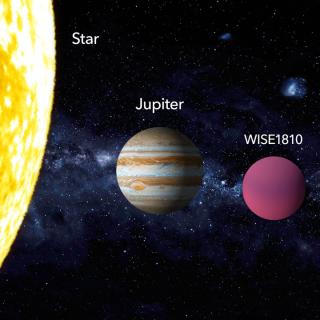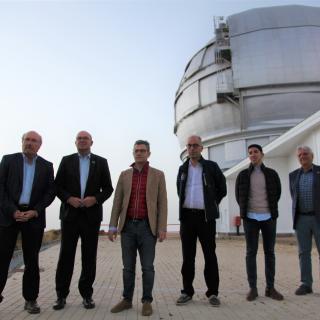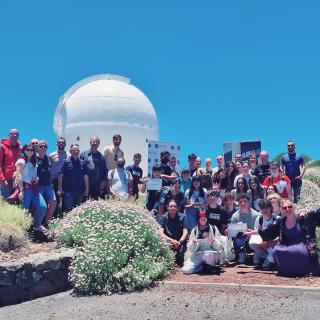
A study, led by the Instituto de Astrofísica de Canarias (IAC), has confirmed the presence of an unusual metal-poor brown dwarf less than 30 light-years away from the Sun. Its proximity could suggest a possible overabundance of brown dwarfs formed in the early stages of the Milky Way. Several telescopes located at the observatories of Roque de Los Muchachos (La Palma) and Calar Alto (Almería) have been used in the investigation. The results are published in the journal Astronomy and Astrophysics. On a cosmic scale, our immediate neighbourhood is composed of just a few hundred stars and brown
Advertised on




